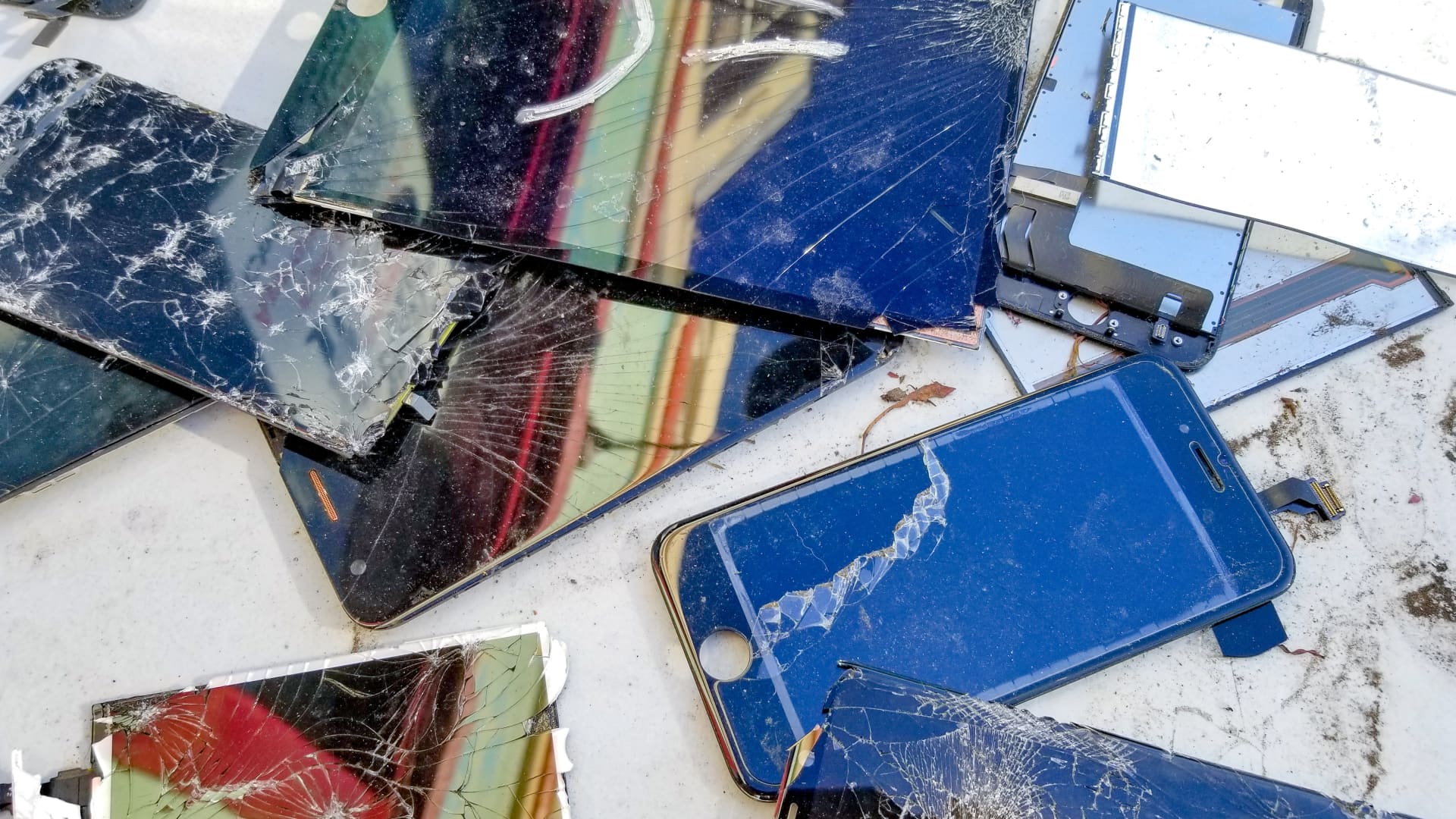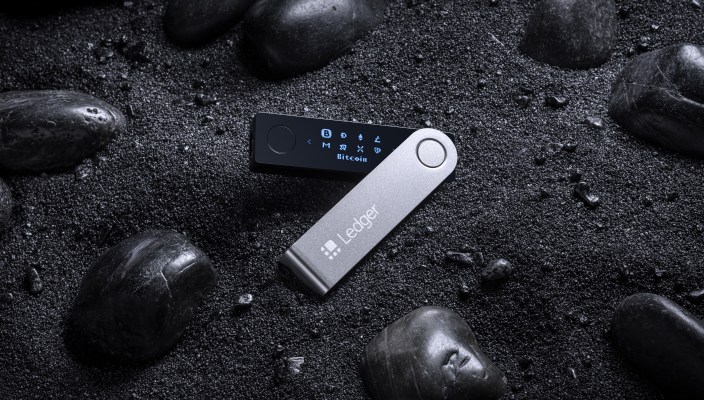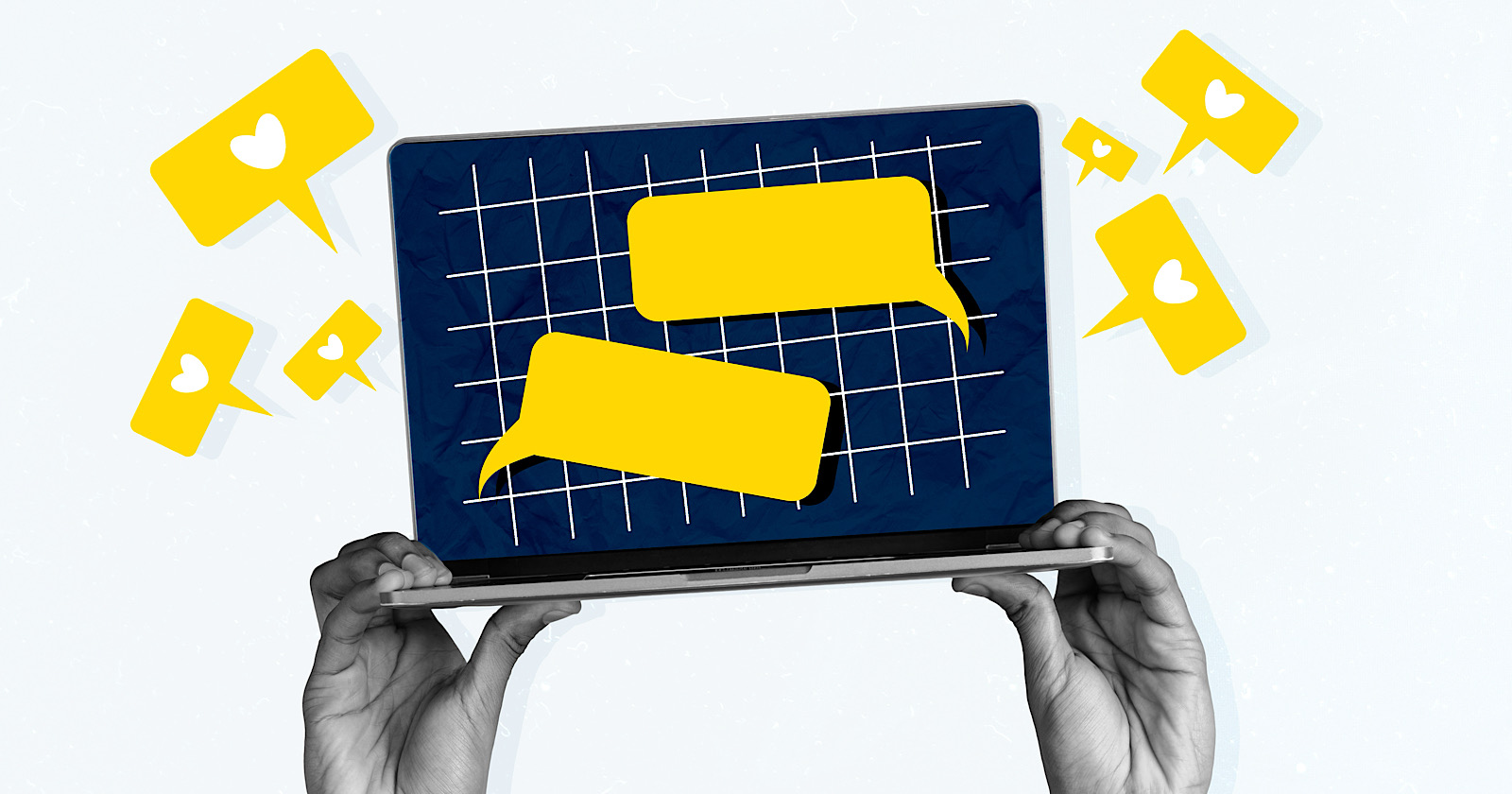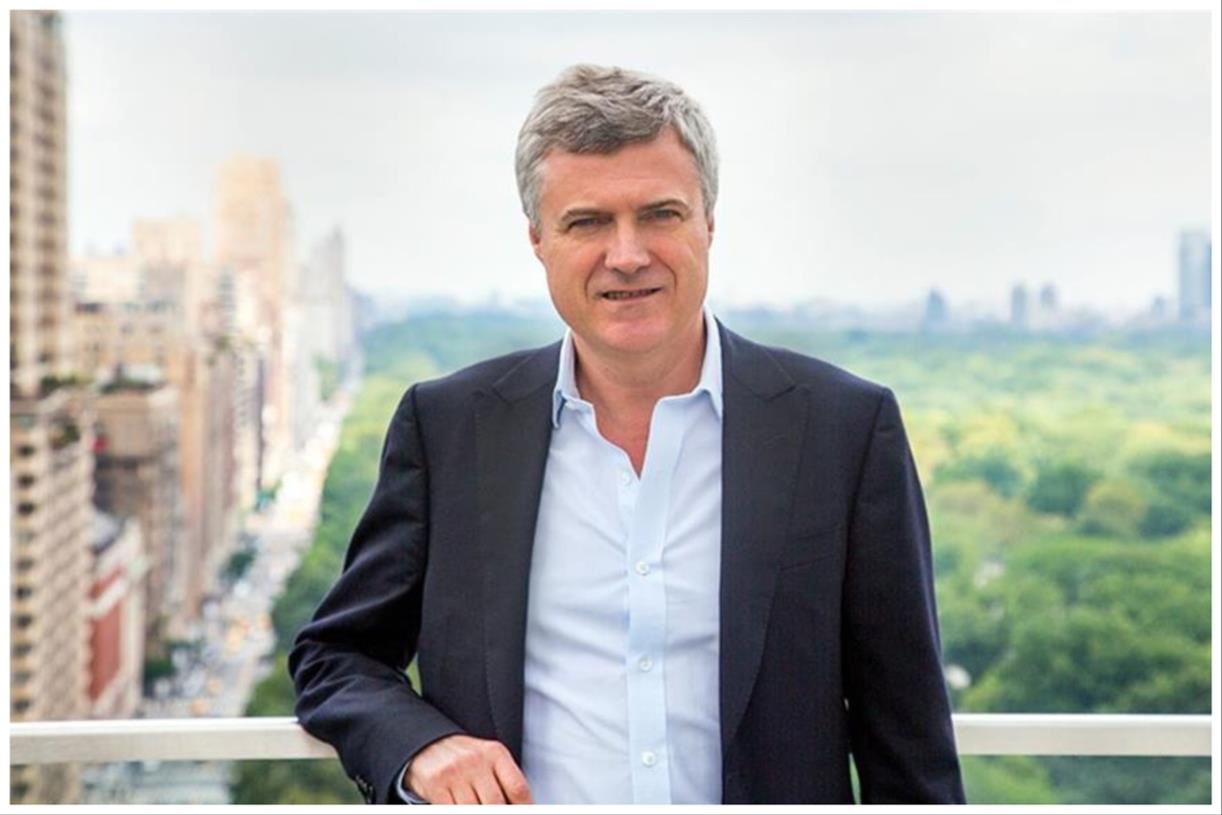Fortnite’s Metallica concert showed how sprawling the game has become
Image: Epic GamesLast weekend, Metallica graced the virtual stage in Fortnite, but the event was more than just a heavy metal concert. It was one piece in a weeks-long rollout of modes and content, which really drove home just...
/cdn.vox-cdn.com/uploads/chorus_asset/file/25509392/FN_Concert_MetallicaCar.jpg)
Last weekend, Metallica graced the virtual stage in Fortnite, but the event was more than just a heavy metal concert. It was one piece in a weeks-long rollout of modes and content, which really drove home just how large and complex the game has become. The battle royale has steadily morphed into an entire ecosystem of games and experiences, and the Metallica crossover might’ve been the most complex to date.
The concert was the showcase moment, and it was like going through an interactive version of heavy metal album art. Players were whisked away in a hot rod to a pyro-heavy concert stage before moving on to a gothic bell tower and a fight with a menacing puppet master. Like past virtual concerts featuring Eminem and Ariana Grande, it was an attempt to mix the feel of going to a live show with something fantastical. “It couldn’t just be all crazy escapism,” says Daryl Atkins, executive creative director at Magnopus, the studio that designed the experience. “So we plotted a journey that started with the real — and then we went to somewhere impossible.”
According to Atkins, trying to nail the feel of an authentic live show was the starting point. “They’re not a high concept band like Iron Maiden, with big visuals to draw from that we could translate directly,” he explains. “Metallica are super low-key, it’s all about the music and the performance.” For this reason, the band was involved from the early stages of the design process, which included figuring out the set list and contributing motion capture footage for the developers to work with. The studio pitched the initial idea with concept art, but from there, Magnopus was largely left to figure things out. “We were given a lot of trust,” says Atkins.
Image: Epic Games
The Metallica event was also an attempt to build on past shows with more interactivity pulled from various Fortnite modes. Players raced around in a car before platforming through the tower, literally riding lightning, and picking up a gun for a boss fight. This led to some design challenges. Unlike in a traditional video game, players couldn’t be left behind or else they’d miss being at the show with everyone else. “We have a dynamic respawning system so that it moves the spawn point with the music,” says creative director Dan Taylor. “So if you die, you respawn at the right point in the track. There are players trailing behind who will be pulled forward, and those who are ahead get pulled back. It balances everything out in a way that’s quite organic.”
The concert was the centerpiece of a busy period for Fortnite. The game introduced its current Mad Max-inspired season in May, which teased the band’s appearance. But things really kicked off in earnest in mid-June, when a Metallica guitar was added as a battle royale weapon, a Metallica-themed race track appeared in Rocket Racing, and the band took over for Billie Eilish as the lead act in the music mode Fortnite Festival. After the first concert, Epic launched a new mode called Reload, which had more than 1 million players over the weekend.
It’s a far cry from the simpler days of Marshmello appearing onstage. Fortnite is a more complex beast now, and every element — whether it’s the appearance of a character or a new mode — seems to be carefully planned. Emily Levy, director of strategic partnerships at Epic, says the goal is “to create moments that feel impactful and meaningful.” The latest concert was similar to how Eminem’s appearance was preceded by the throwback Fortnite OG, which lured many lapsed players back. Right now, no moment in Fortnite exists in isolation.

 FrankLin
FrankLin 
































